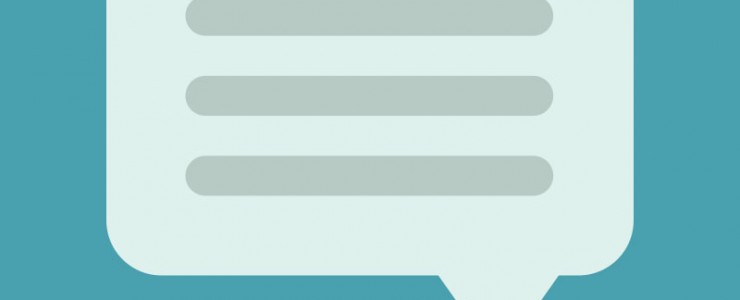From the National Consumer Law Center
The U.S. Treasury has begun issuing its second round of stimulus payments. People who don’t receive a direct deposit by early January should look for either a check or Economic Impact Payment (EIP) debit card in the mail. People will not necessarily be paid the same way they received their first stimulus payment.
The EIP card is not a scam.
The card will be sent in a white envelope that prominently displays the U.S. Department of the Treasury seal. A picture of the EIP card and tips about how to use it without fees are in NCLC’s fact sheet.
More information about the distribution of stimulus payments is in the IRS press release and in new FAQs.
Note: Because payments are being issued based on information the IRS already has on file, people will not be able to add new bank account information or request to receive their payment by EIP Card.
Most individuals will receive $600 and $1,200 for married couples filing a joint return and $600 for each qualifying child.
New: Couples filing jointly with just one member of the couple with a work-eligible Social Security Number will now be eligible for payments for the taxpayers and their qualifying children.
People do not need to take any action right now to receive their stimulus payment. Eligible individuals who do not receive their payment or who did not receive their first stimulus payment can claim it (under the Recovery Rebate Credit) when they file their 2020 tax return this year. People who do not normally file tax returns should also file a 2020 tax return if they do not receive their stimulus payment.
Stimulus payments that are received in December 2020 or January 2021 by direct deposit will be automatically protected from garnishment by debt collectors. That is not true of payments that are claimed on the 2020 tax return and paid later in the year as part of the regular tax refund.






